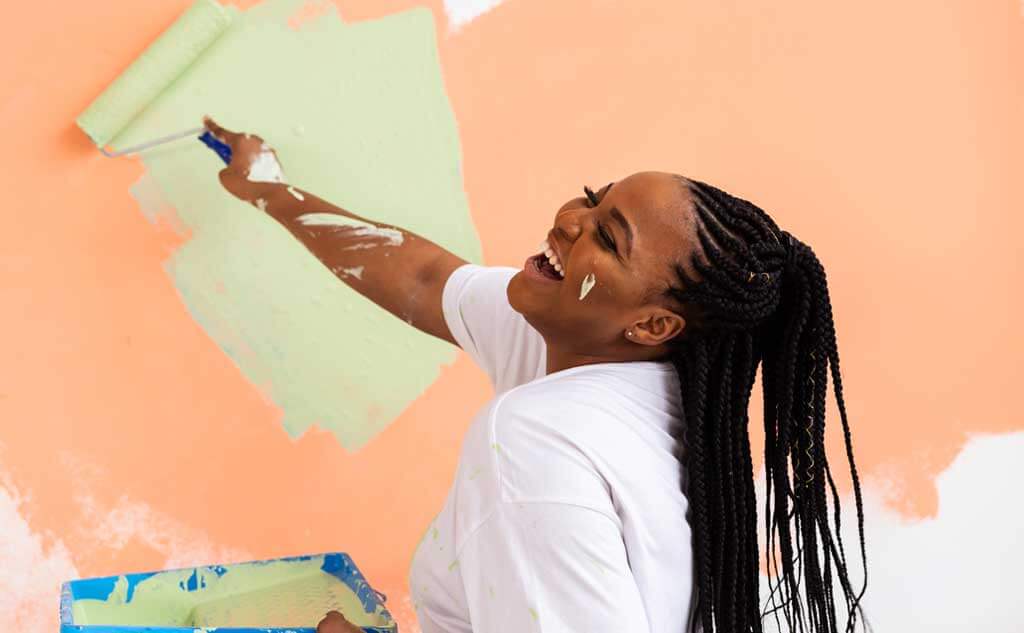Home Improvement, Lifestyle
Step-by-Step Guide on How to Paint Your Walls

About Author, Sara Elizabeth
Writer, Amora V Lifestyle
Sara is a writer for Amora V. Sara previously worked as a Marketing Manager and has her Master’s from Lindenwood University. Sara studies everything of interest, from psychology, recipes, finances, mental health, and travel, striving to find happiness and to live a good life.
When not learning, Sara loves all things outdoors, food, and hanging around great company. Furthermore, Sara loves spending time with family, whom she is blessed to have in her life.
Note from Author: I hope my articles bring you joy and peace, and that you enjoy them!
Disclaimer: The information provided in this article is for entertainment purposes only. It is not intended to be a substitute for professional medical advice, diagnosis, or treatment. Always seek the advice of a qualified mental healthcare provider with any questions you may have regarding a medical condition. Never disregard professional medical advice or delay in seeking it because of something you have read on this blog. The authors of this blog are not liable for any errors or omissions in the information provided, nor for any losses, injuries, or damages arising from the use of the information provided. I am not a professional relationship counselor, and my advice should not be considered as a substitute for professional help. It is important to communicate openly and honestly with your partner, friend or co-worker and seek guidance from a qualified professional if needed. Remember, every relationship is unique and requires individual attention and care.Any reviews or comments written are the subjective opinion of an Amora V member and not Amora V. Amora V performs occasional checks on commentary left by users. It’s worth mentioning that we may also use comments in our articles. By posting a comment, you are giving us permission to use it in our content. Please check out Privacy Policy and Terms of Use for full disclosure.


















